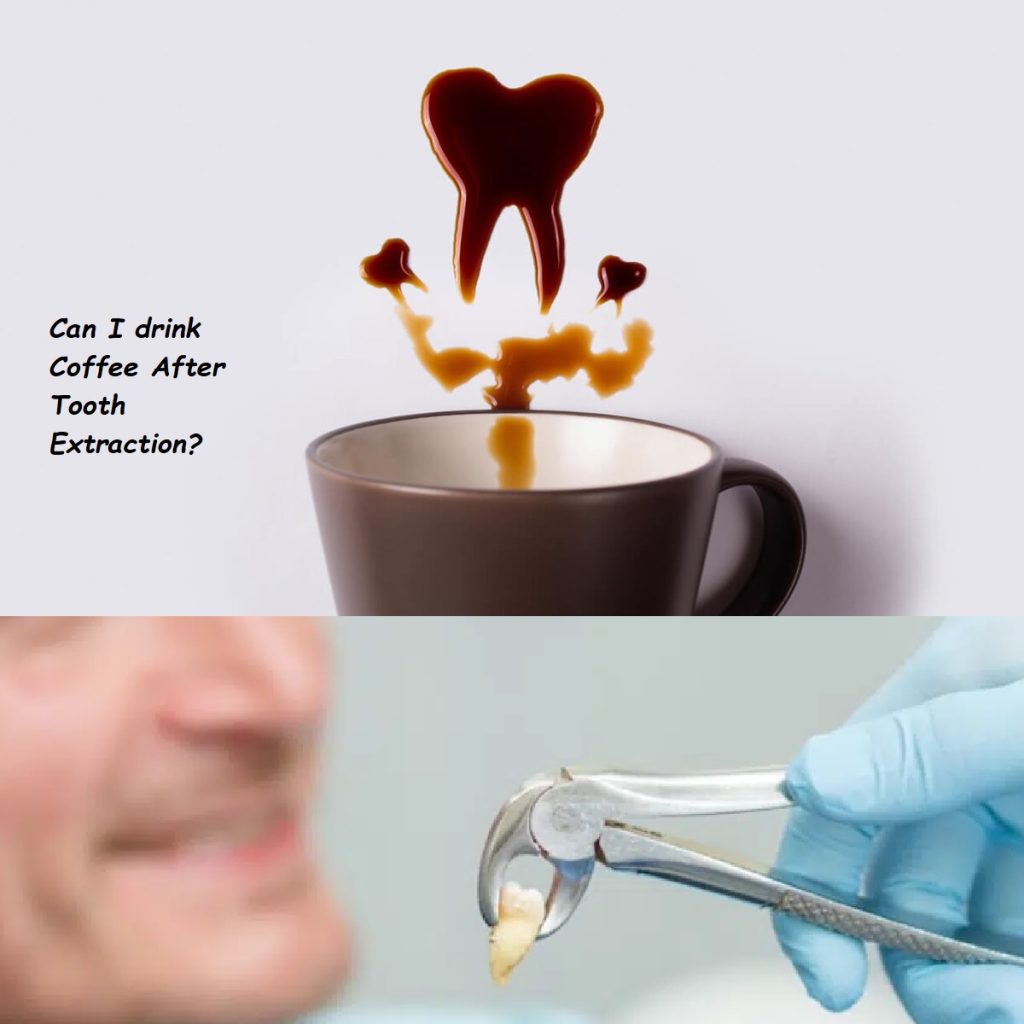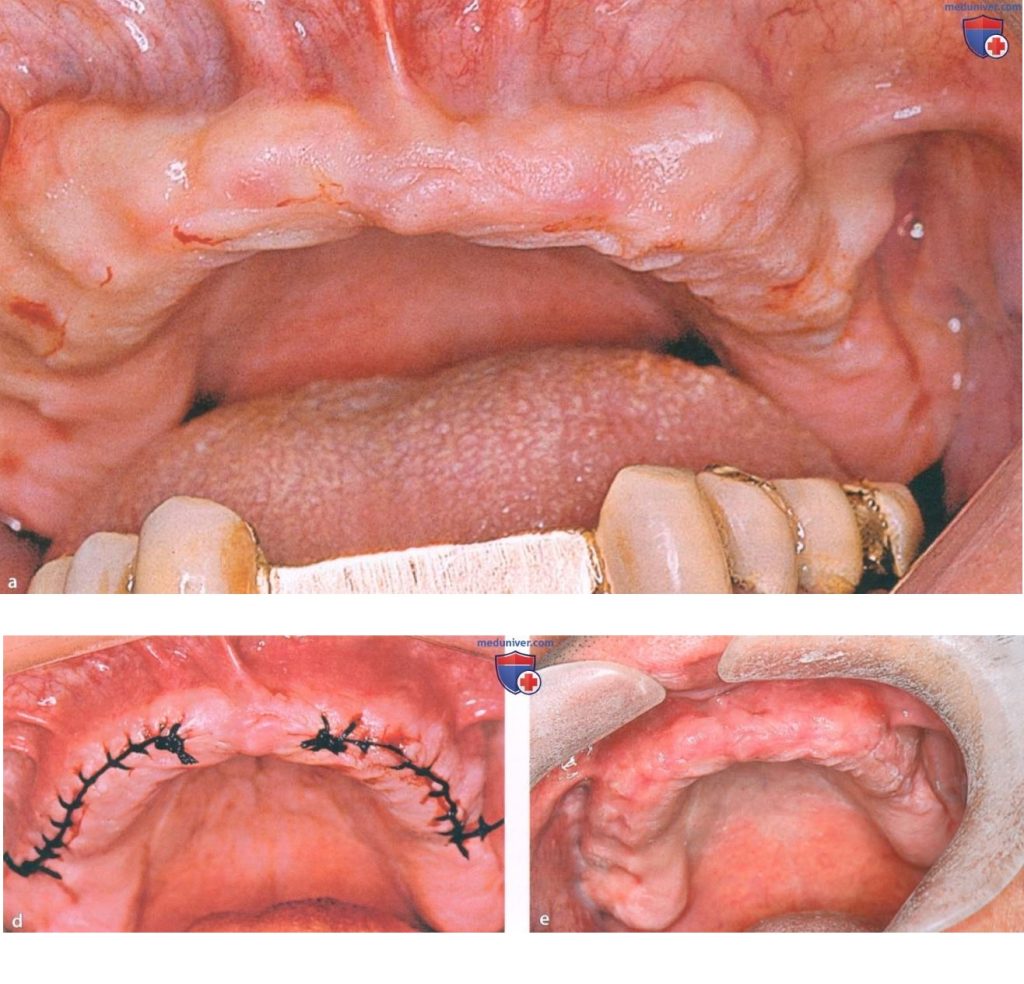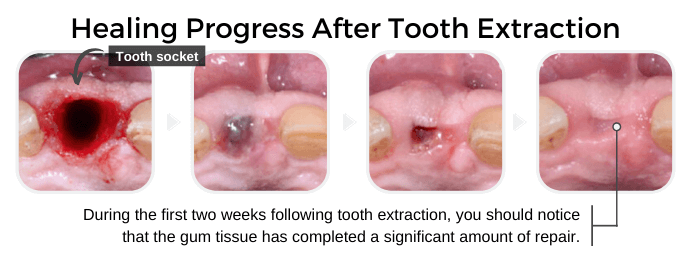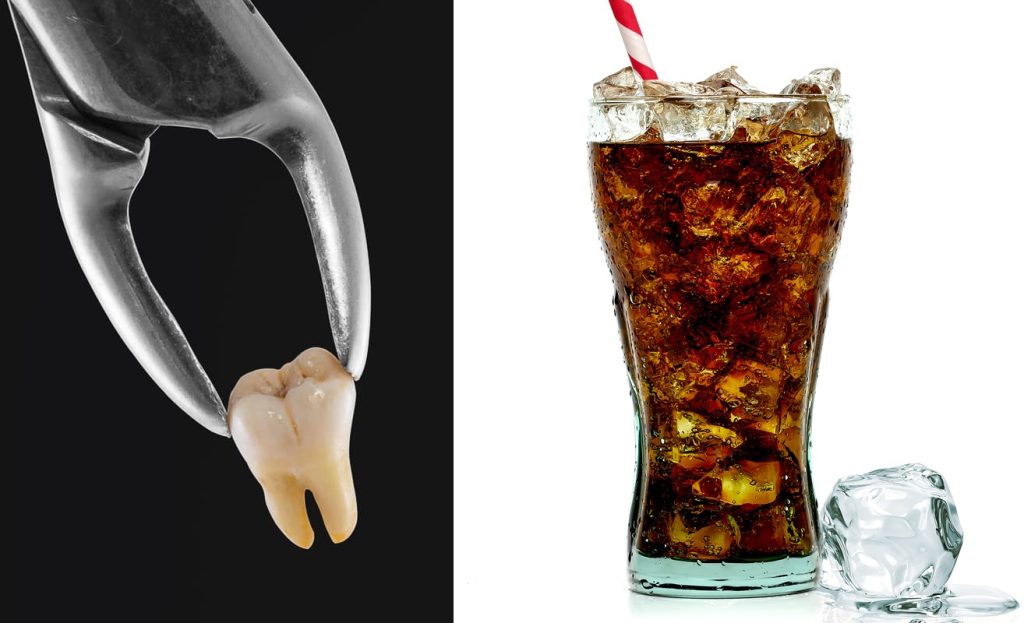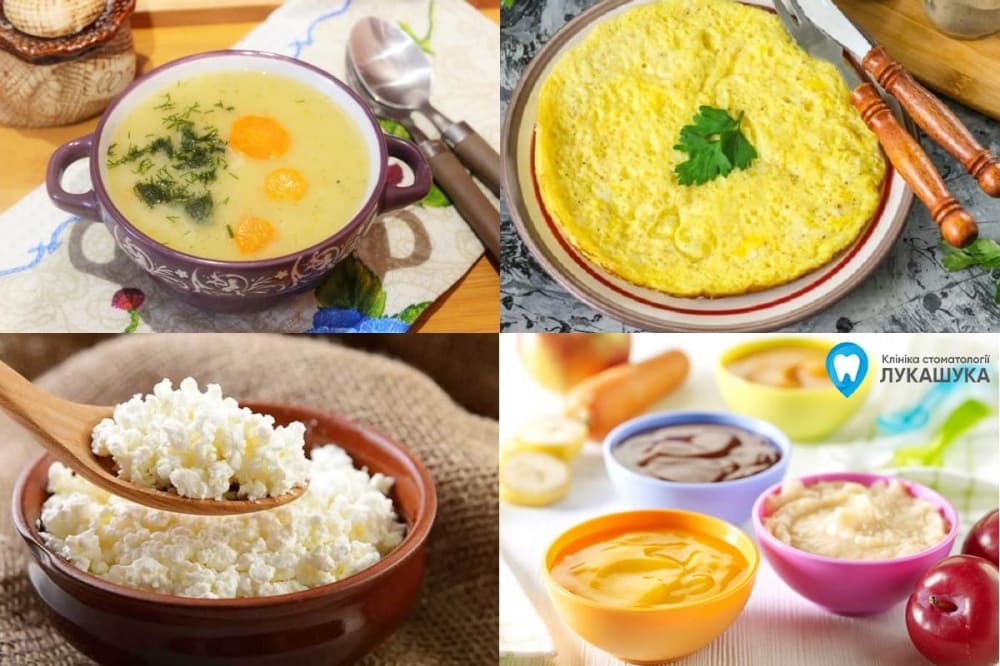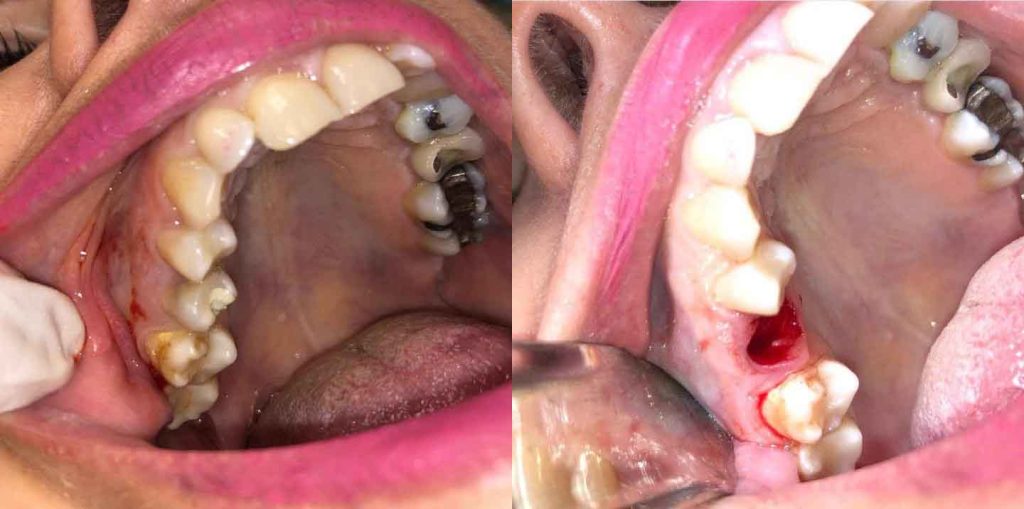What can i eat after tooth extraction
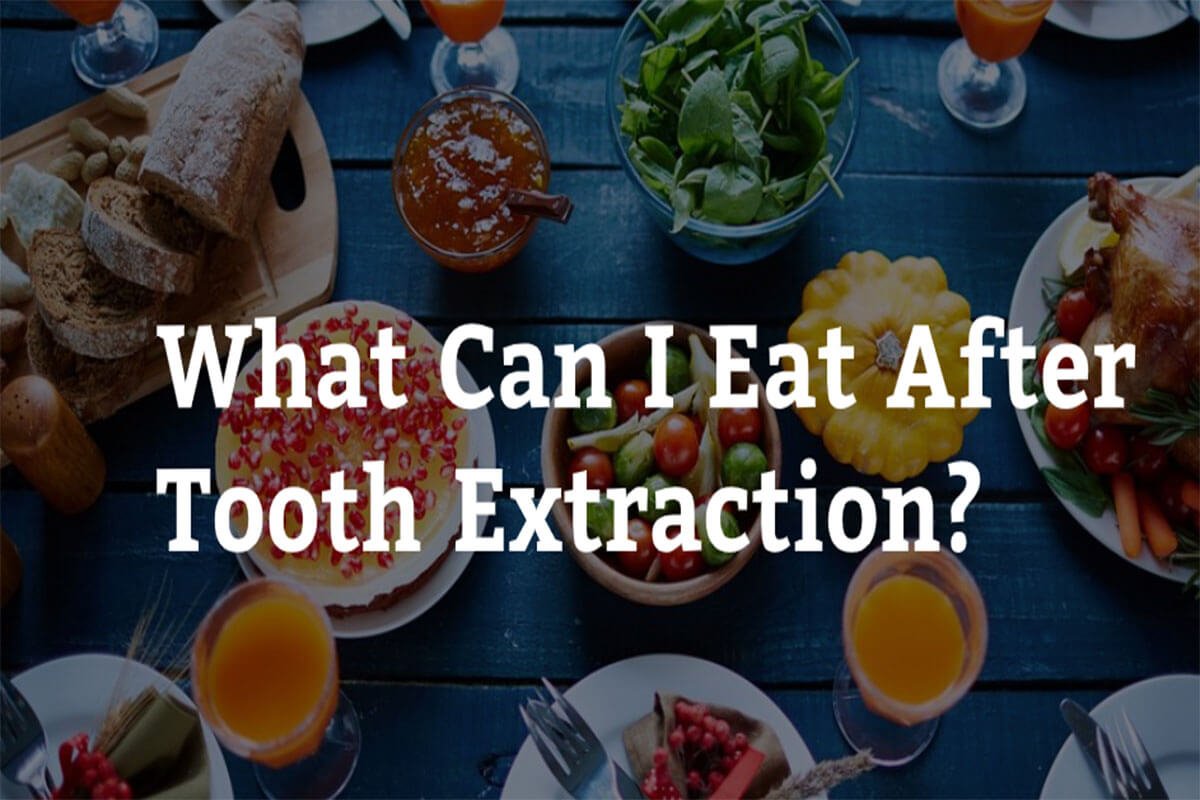
Tooth extraction is a common dental procedure performed for various reasons, such as severe decay, infection, overcrowding, or impacted wisdom teeth. After the extraction, proper aftercare, including dietary choices, is crucial for promoting healing, reducing discomfort, and preventing complications like dry socket. This comprehensive guide covers everything you need to know about what to eat after tooth extraction, what to avoid, and tips for a smooth recovery.
Why Your Diet Matters After Tooth Extraction
Understanding why diet matters after tooth extraction helps you appreciate the importance of following recommended eating habits. Post-extraction, your mouth is in a delicate state, and the wound requires time to clot and heal. Eating the right foods plays a significant role in this process by:
- Supporting Clot Formation and Stability: After extraction, a blood clot forms over the socket, protecting the underlying bone and nerves. Maintaining this clot is essential for healing and preventing dry socket, a painful condition that occurs when the clot is dislodged or dissolves prematurely.
- Reducing Irritation and Discomfort: Soft, smooth foods are less likely to irritate the extraction site, reduce pain, and make eating more manageable.
- Providing Essential Nutrients: A balanced diet rich in vitamins, minerals, and proteins supports your body’s natural healing processes and energy needs.
- Minimizing Infection Risk: Avoiding foods that can lodge in the extraction site or irritate the wound reduces the risk of infection and other complications.
Stages of Healing After Tooth Extraction
Knowing the stages of healing can help you make better dietary choices:
- Initial Clotting (First 24 Hours): Blood clot formation occurs, which is critical for protecting the extraction site. Foods consumed during this period should be cold, soft, and require minimal chewing.
- Early Healing (2-3 Days): Swelling and discomfort peak during this time. It’s essential to stick to a soft diet and avoid activities that could dislodge the clot.
- Granulation Tissue Formation (4-7 Days): New tissue begins to form over the extraction site. Pain and swelling should start to subside, allowing for the gradual reintroduction of semi-soft foods.
- Bone Healing (1-2 Weeks): The jawbone begins to heal, and the extraction site continues to close. At this stage, most people can return to their normal diet, but it’s still important to be cautious with hard or sharp foods.
- Full Healing (Up to Several Months): Complete healing of the bone and tissue may take several months. Your dentist may recommend periodic check-ups to monitor healing progress.
Best Foods to Eat After Tooth Extraction
Choosing the right foods post-extraction not only aids in comfort but also accelerates the healing process. Here are some top food recommendations:
1. Smoothies and Milkshakes
Smoothies are a go-to option after tooth extraction due to their versatility, nutritional content, and ease of consumption. They can be packed with fruits, vegetables, yogurt, protein powders, and other nutrient-rich ingredients. To make your smoothies:
- Avoid Straw Use: Using a straw creates suction that can dislodge the blood clot, leading to dry socket. Instead, use a spoon or sip directly from a glass.
- Choose Ingredients Wisely: Incorporate soft fruits like bananas, berries, or avocados. Avoid adding seeds or nuts that could irritate the extraction site.
2. Blended Soups
Blended soups are excellent for hydration and providing nutrients without the need for chewing. Options like tomato soup, butternut squash soup, or potato leek soup are great choices. When consuming soups:
- Ensure They Are Lukewarm: Hot temperatures can dissolve the clot, so it’s best to consume soups that are at room temperature or slightly warm.
- Strain Out Any Solid Pieces: Even small chunks of vegetables or meat can cause irritation, so make sure your soups are well-blended.

3. Mashed Potatoes
Mashed potatoes are soft, filling, and easy to eat. They can be seasoned lightly with salt and butter for flavor, but avoid adding pepper or spicy seasonings that could irritate the mouth. To make them more nutritious:
- Incorporate Greek Yogurt or Cream Cheese: These additions provide extra protein and a creamier texture without compromising on the softness required post-extraction.
4. Applesauce
Applesauce is a great option due to its smooth texture and natural sweetness. It’s easy on the mouth and helps satisfy the need for a sweet treat without risking the extraction site. For added variety:
- Try Different Purees: Pears, peaches, or mangoes can be blended into a similar consistency for a change in flavor.
5. Yogurt and Pudding
These options are both soothing and easy to consume. Yogurt provides beneficial probiotics that can aid digestion, which may be disrupted by antibiotics prescribed post-extraction. When selecting yogurt:
- Opt for Plain or Vanilla Varieties: Avoid yogurts with added fruit pieces, granola, or other crunchy additions that could disturb the extraction site.
6. Scrambled Eggs
Eggs are a powerhouse of protein and essential nutrients that support healing. Scrambled eggs, in particular, are soft and easy to eat. You can:
- Add Cheese for Extra Protein: A little bit of cheese can increase the protein content, making it more filling and satisfying.
- Avoid Adding Peppers or Spices: Keep seasonings mild to prevent any irritation.
7. Oatmeal or Cream of Wheat
Soft cereals like oatmeal or cream of wheat provide warmth and comfort while being easy to eat. To ensure they’re safe:
- Cook Thoroughly: Make sure the consistency is soft and mushy, without any hard grains.
- Flavor Gently: Use cinnamon or a small amount of honey for sweetness, avoiding large sugar amounts that can be too sticky.

8. Avocado
Avocados are high in healthy fats, vitamins, and minerals, making them an ideal post-extraction food. They can be eaten as-is or mashed into a smooth guacamole. For added flavor:
- Mix with Lime Juice and Salt: Avoid adding chunks of tomato or onion that can irritate the site.
9. Ice Cream and Sorbet
Cold treats like ice cream can provide temporary relief from swelling and pain. However:
- Choose Simple Flavors: Avoid options with nuts, cookies, or candy pieces. Sorbet is also a good alternative if you prefer something lighter and less creamy.
Foods to Avoid After Tooth Extraction
Certain foods can cause complications during the healing process. Here are the top culprits to avoid:
1. Crunchy or Hard Foods
Items like chips, nuts, popcorn, and raw vegetables can easily disturb the extraction site. These foods can break into small, sharp pieces that may get stuck in the wound, potentially causing infection or delaying healing.
2. Spicy Foods
Spicy foods, including hot sauces and heavily seasoned dishes, can irritate the gums and extraction site. This irritation can lead to increased pain and inflammation, complicating the healing process.
3. Acidic Foods and Drinks
Citrus fruits, tomatoes, vinegar-based dressings, and sodas are acidic and can cause stinging and discomfort. Acidic environments can also slow the healing process by affecting the newly forming tissue.
4. Sticky Foods
Sticky foods such as caramel, chewing gum, and gummy candies can adhere to teeth and the extraction site, potentially pulling on the clot or leaving residues that harbor bacteria.
5. Grains and Seeds
Small particles from grains, seeds, or even small fruits like raspberries can get lodged in the extraction site, increasing the risk of infection. Foods like bread with seeds, quinoa, or chia seeds should be avoided until fully healed.
6. Alcohol and Carbonated Beverages
Alcohol can interfere with the healing process and negatively interact with medications prescribed by your dentist. Carbonated drinks can cause bubbling sensations that may be uncomfortable and risky for the clot stability.
7. Hot Beverages
Hot drinks like coffee, tea, or hot chocolate can dissolve the blood clot, leading to complications. It’s best to stick to lukewarm or cold beverages to ensure the clot remains intact.
Additional Tips for Eating After Tooth Extraction
1. Eat on the Opposite Side
Whenever possible, try to chew on the side of your mouth opposite the extraction site. This practice minimizes the chance of dislodging the clot and reduces irritation to the wound.
2. Stay Hydrated
Hydration is crucial for healing, but it’s important to avoid straws. Drinking through a straw creates suction that can disturb the extraction site. Instead, drink directly from a glass or use a spoon for thicker liquids like smoothies.
3. Maintain Oral Hygiene
Keeping your mouth clean is essential to prevent infections. Your dentist may recommend rinsing with a saltwater solution to gently cleanse the extraction site without dislodging the clot. Avoid brushing directly over the extraction site until it’s safe.
4. Follow Your Dentist’s Instructions
Every extraction is different, and your dentist may provide specific instructions based on your individual situation. Follow their guidance regarding diet, medication, and activity restrictions to ensure a smooth recovery.
5. Monitor for Signs of Complications
It’s normal to experience some pain, swelling, and minor bleeding after extraction. However, if you notice excessive bleeding, severe pain, swelling that worsens after a few days, or signs of infection (such as fever or pus), contact your dentist immediately.
6. Take Medications as Prescribed
Your dentist may prescribe painkillers, antibiotics, or anti-inflammatory medications to manage pain and prevent infection. Take these medications as directed and complete the full course, especially with antibiotics, to ensure proper healing.
7. Gradually Reintroduce Solid Foods
As healing progresses, you can slowly start to reintroduce more solid foods into your diet. Begin with softer options and gradually work up to harder textures as tolerated. Pay attention to your body’s signals, and if you feel pain or discomfort, switch back to softer foods.
8. Rest and Allow Time for Healing
The body heals best when it is rested. Try to limit physical activity, especially in the first 24-48 hours post-extraction. Elevating your head while resting can also help reduce swelling and promote clot formation.
9. Avoid Smoking or Using Tobacco Products
Smoking and tobacco use are major risk factors for dry socket and delayed healing. The chemicals in tobacco can interfere with blood flow, reduce oxygen delivery to the extraction site, and introduce harmful bacteria. If possible, avoid these products entirely during the healing process.
Long-Term Dietary Considerations Post-Extraction
While the most critical dietary changes occur in the first week post-extraction, some patients may need to continue with modified eating habits for longer, especially if they’ve had multiple extractions or surgical procedures. Over the long term:
- Continue to Prioritize Nutrient-Dense Foods: Focus on foods that provide essential nutrients to support overall oral health, such as calcium, vitamin D, and omega-3 fatty acids.
- Avoid Sugary Snacks and Beverages: Sugary foods can contribute to new dental problems, including cavities and gum disease. Opt for healthier snacks like fruits, nuts (once allowed), and cheese.
- Stay Mindful of Texture and Temperature: Even after the initial healing period, it’s good practice to avoid extremely hard, sticky, or hot foods that could still cause discomfort.
Conclusion
Navigating the recovery period after tooth extraction is significantly influenced by your dietary choices. By selecting soft, nutritious foods that promote healing and avoiding those that pose risks, you can enhance your comfort and accelerate your recovery. Always follow your dentist’s advice and reach out to them if you experience any unusual symptoms or complications.
A well-managed post-extraction diet not only ensures a smoother healing journey but also helps you get back to your regular routine without unnecessary setbacks. With the right care and dietary adjustments, you’ll be on your way to a healthy, pain-free recovery.
Related to read:
Best Oral Hygiene Practices For Optimum Oral Health.
Bruxism: Teeth grinding causes treatment and prevention.
How to keep your gums healthy and disease-free?
References
To ensure the information provided is accurate and up-to-date, the following sources were referenced:
- American Dental Association. (n.d.). Plaque and Tartar. Retrieved from ADA website
- Mayo Clinic. (n.d.). Dental Plaque. Retrieved from Mayo Clinic website
- National Institute of Dental and Craniofacial Research. (n.d.). Periodontal (Gum) Disease. Retrieved from NIDCR website



